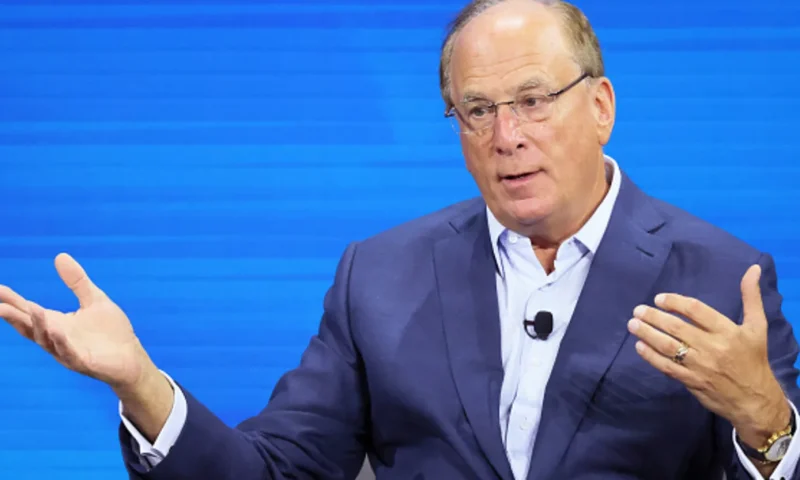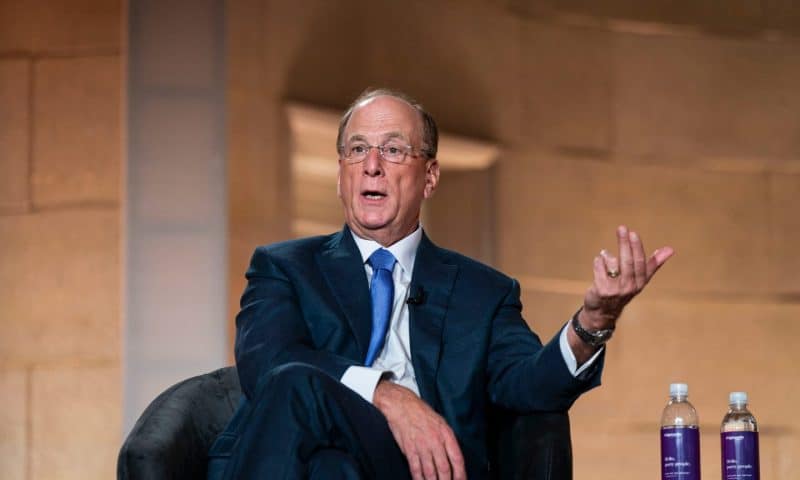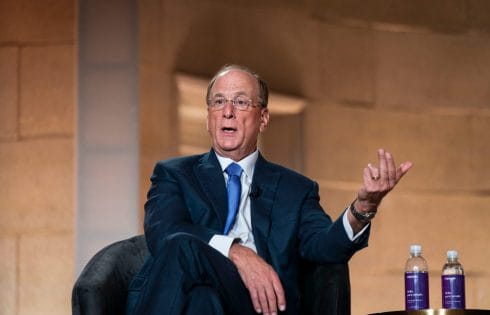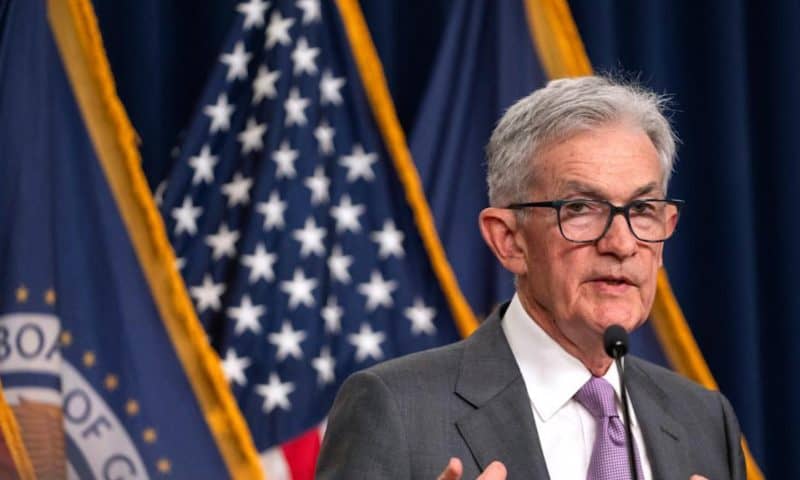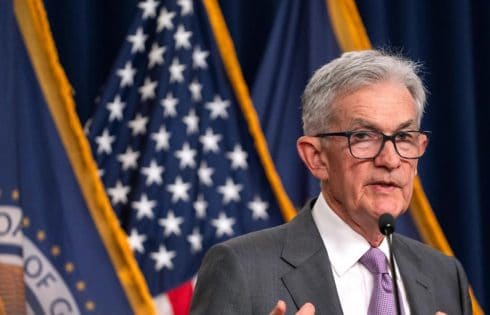As Social Security faces an uncertain future, the debate on privatization heats up again
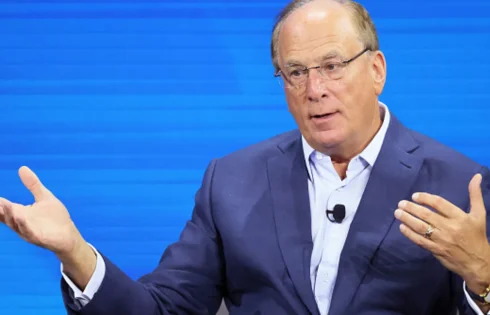
President Donald Trump’s efforts to slash federal government spending have ignited a new debate about the future of Social Security.
One idea that has been brought up before — privatizing the now public program — is getting new attention.
BlackRock CEO Larry Fink said Wednesday he supports more individual ownership in Social Security, though he said he would not necessarily use the term privatizing because it has toxic connotations.
“The problem we have now, we have a plan called Social Security that doesn’t grow with the economy,” said Fink, speaking at the BlackRock retirement summit in Washington, D.C.
Social Security is a pay-as-you-go system — today’s payroll tax contributions generally fund benefits for current retirees and other beneficiaries.
Any leftover money that is not used to either pay benefits or fund the program’s administrative costs is put into the program’s trust funds, according to the Social Security Administration. That money is invested in special Treasury bonds that earn a market rate of interest and are guaranteed by the U.S. government, according to the agency.
Privatizing the program could provide a way to invest money on behalf of individual workers that potentially earns a higher return, according to supporters of the idea.
“If we create a plan that every American can grow with our economy, they’re going to feel more attached to our economy,” Fink said.
‘Real battle’ brewing over Social Security’s future
Opponents say privatization could interfere with the safety and predictability of Social Security’s benefit payments.
“There’s a lot of people out there in the private sector that say, ‘You give me $2.7 trillion and let me invest that, and I can turn you a lot better, greater dividend around than the Treasury bills can,’” Rep. John Larson, D-Conn., said in an interview with CNBC on Tuesday.
While investing more aggressively provides the possibility for better returns, it also opens up the risk of poor performance and losses.
Larson pointed out that in 2008 the stock market dropped, along with many people’s 401(k) plans. Yet Social Security never missed a payment, he said.
Americans now face a decision as to whether they want capitalism or the government to guarantee their retirement, Larson said.
Larson said he believes the Trump administration’s goal is to privatize Social Security.
When asked for comment, the White House referred CNBC to a release dated Tuesday that says, “President Trump will always protect Social Security, Medicare.” That document does not mention privatizing the program.
Lawmakers on the House Ways and Means Committee on Wednesday voted to block a full House vote on a resolution of inquiry that Larson proposed to require disclosure of activity by the so-called Department of Government Efficiency at the Social Security Administration. At the hearing, Larson said he is concerned the Trump administration could try to privatize the program.
“We, I think, are in a real battle here, and it’s really, in many respects, not unlike the battle that Roosevelt faced initially,” Larson told CNBC on Tuesday.
Privatizing Social Security has been considered before
The Social Security Act that created the program was signed into law by President Franklin D. Roosevelt in 1935.
In 2005 President George W. Bush proposed privatizing the program.
Fink said that had that effort been successful, Americans would have seen their retirement money increase fourfold, based on the returns of the S&P 500 index over that time.
“I think more Americans would be a little more hopeful today with their retirement savings than just getting that bond payment,” Fink said.
Had Bush’s proposals gone through, Americans “probably would have been” better off today, said Andrew Biggs, a senior fellow at the American Enterprise Institute who served as associate director of Bush’s White House National Economic Council in 2005.
But the question now as to whether to invest Americans’ retirement money in government bonds or equities is misguided, Biggs said.
If someone has not saved money for retirement, the dilemma of where to invest is not relevant since they do not have the funds, he said. The same is true of the federal government, which currently does not have a significant surplus for the pay-as-you-go program.
Moreover, if Social Security transitions to personalized accounts, there would also need to be extra money available to fund the transition costs to keep benefits going to current retirees, he said.
“It’s a question of saving more,” Biggs said.
Generally, Social Security reform discussions focus on making changes to improve the current system — raising taxes, cutting benefits or a combination of both.
Larson has a proposal to improve Social Security’s solvency by raising taxes on the wealthy while implementing benefit increases.
Yet whether Republicans, who generally oppose tax increases, and Democrats, who do not want benefit cuts, can reach a bipartisan compromise is an open question.
Starting reform discussions based on the program’s current structure is limiting, Biggs said.
“We really do have a failure of imagination on Social Security reform,” Biggs said. “I think what Larry Fink is saying is, ‘Let’s think big on it.’ I think he’s absolutely correct on that point.”

